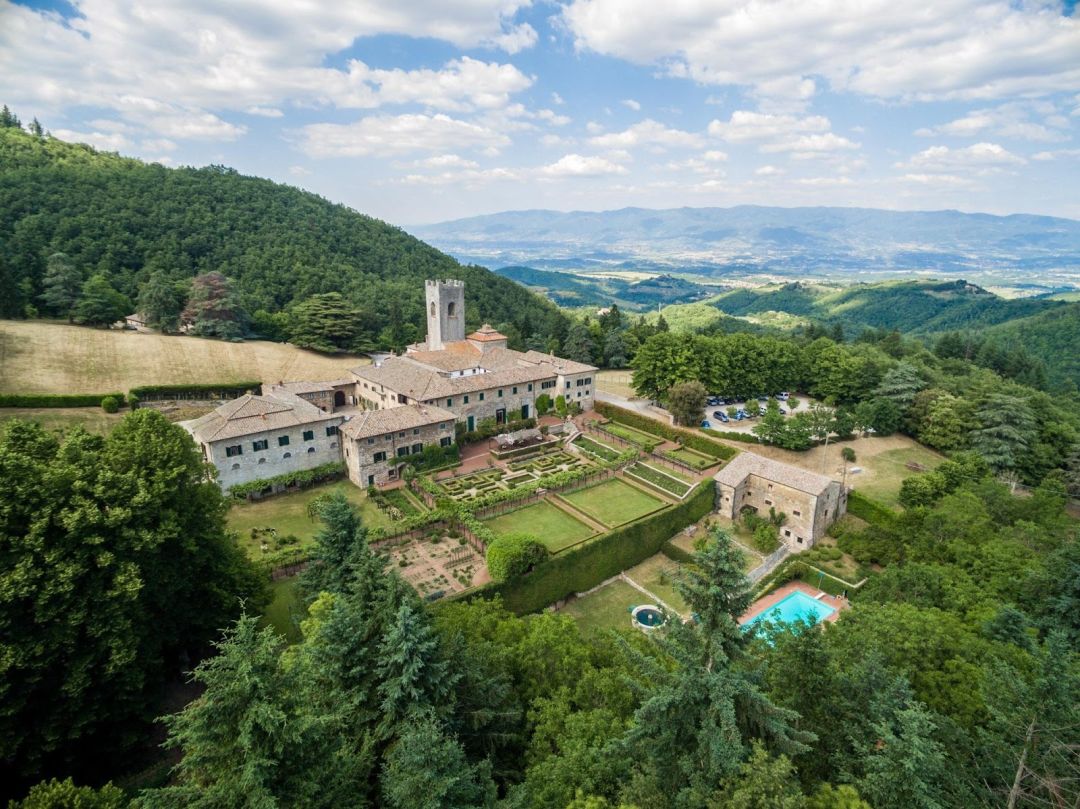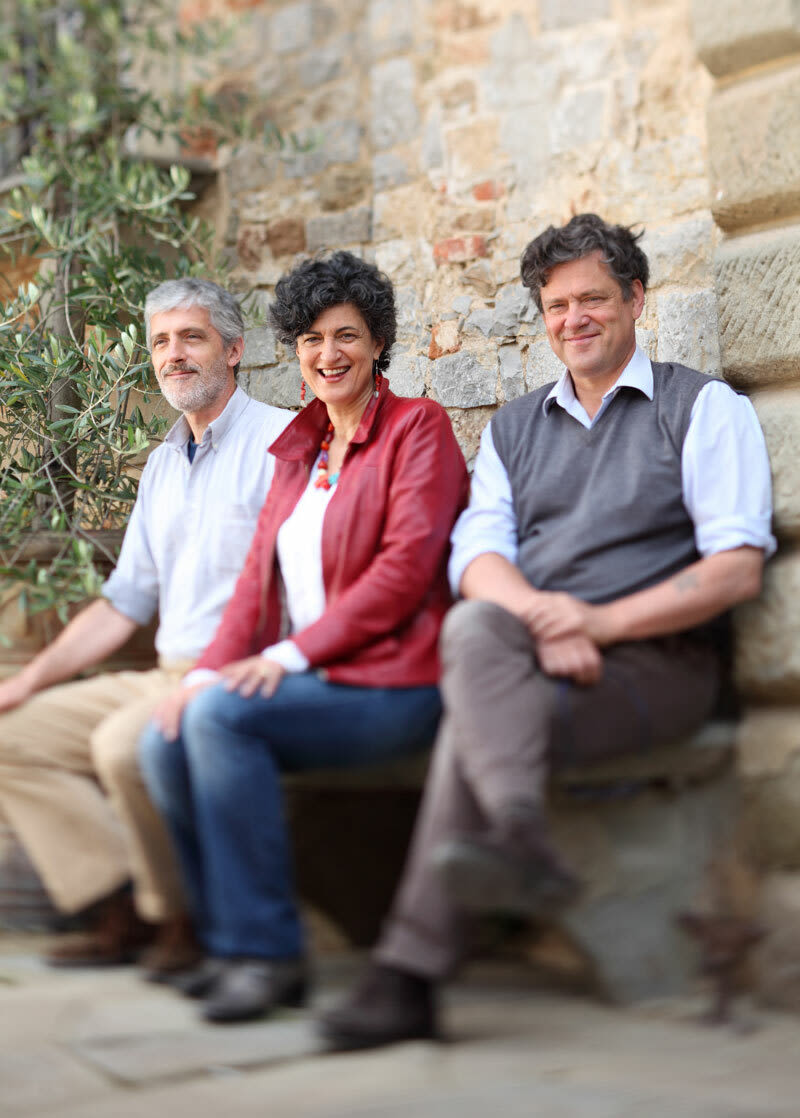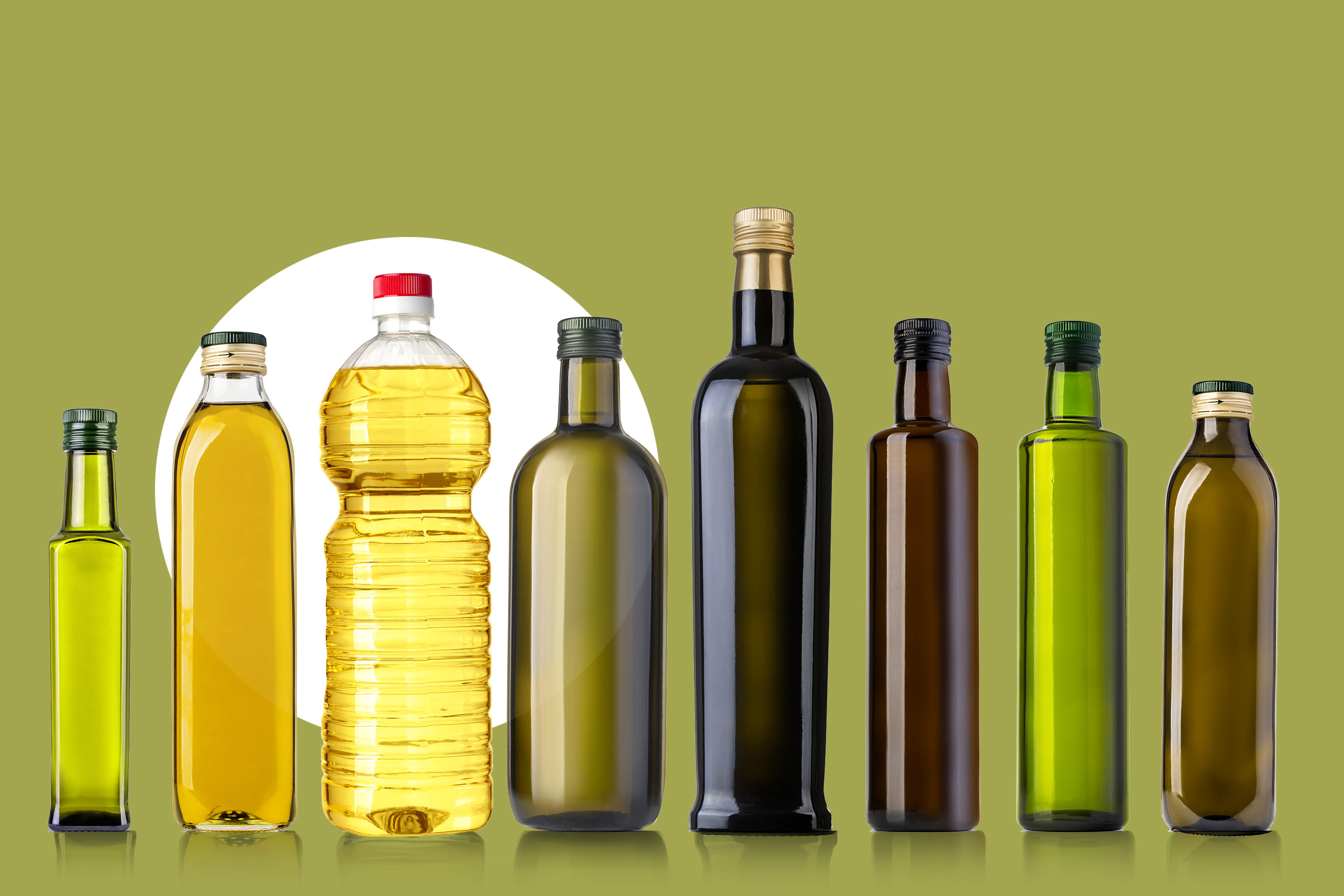The Past, Present and Future of Chianti, Italy's Most Famous Wine

Tuscany's Badia a Coltibuono.
Image: Courtesy Photo
If there is one Italian wine people know, it’s Chianti (pronounced "key-on-tee"). This lovely, medium-bodied wine is omnipresent in Italian-themed restaurants, supermarkets and wine shops. But consumers know little about it, because the labels generally give only flowery descriptions of the taste or origin. However, clues to its source and quality can be found on the bottle's neck, where you'll find a black rooster or the letters "D.O.C.G." or both. It's a wine that has undergone more changes in the last five decades than in the previous five centuries.
The story of Chianti goes back to the 14th century, when viticulture was known to flourish in the Chianti mountains around Florence in Tuscany. Originally, Chianti wine was a blend of grapes, sangiovese ("san-jee-oh-vase") and caniaolo ("can-nay-olo") red wines and malvasia ("mal-va-zee-uh"), white. Winemakers could change the blend as they wished, so there was little consistency.
Barone Ricasoli is credited with creating the modern formula in the mid-19th century by blending 70 percent sangiovese, 20 percent canaiolo and 10 percent malvasia blanca. But there was no national control until 1967 when Italy's Denominazione de Origine Controllata (D.O.C.) regulations were instituted. Later, the word "garantita" (guaranteed) was added to insure even greater control (hence D.O.C.G.).
Subsections of Chianti called Chianti Classico developed and added their own image as a black rooster (the "gallo nero") on the bottleneck, indicating participation in the Consorzio Chianti Classico. Since 1996, Chianti formulations can include up to 20 percent other grapes, such as cabernet sauvignon and merlot. The change was mostly the result of winemakers such as Antinori adding French varietals and creating wines like Tignanello, which became highly prized. Since they did not abide by the Chianti regulations, they could not be called Chianti, but became "Super Tuscan" wines.
With the worldwide interest in 100 percent sangiovese wines such as Brunello di Montalcino, Chianti regulators have now allowed sangiovese percentages up to 100 percent.

From left to right: Badia a Coltibuono owners Roberto, Emanuela and Paolo Stucchi Prinetti.
Image: Courtesy Photo
Not all producers favor this change, and I discussed it with one of the owners of the preeminent Chianti Classico producer Badia a Coltibuono ("badee-a a colti-bwono"), Roberto Stucchi Prinetti, in a Zoom meeting with five of his wines. (The winery's name is translated as “abbey of the good harvest.”)
As we tasted Stucchi Prinetti's Chianti and Chianti Riserva, which were excellent and wonderful examples of the best in Chianti, he opined on his winemaking philosophy. Stucchi Prinetti believes in organic and biodynamic farming. However, he could not wrap his head around the spiritual aspect of biodynamic wines, so he concentrates on organic methods, which include indigenous yeast and soil management.
He is not a proponent of the new regulations, however his Chiantis are 90 percent sangiovese and 10 percent canaiolo, with other grapes. He does produce 100 percent sangiovese wines in his Coltusboni line and as a flagship standalone wine, Sangioveto. Coltusboni grapes are sourced from areas outside Chianti Classico and meet a more favorable price point.
As with most other winemakers, Stucchi Prinetti's major concern is climate change. As the summers get hotter, he is planting more trees and encouraging vine canopy growth to shade the grapes. Rainstorms, meanwhile, have become more intense, and Stucchi Prinetti hopes his actions will reduce the erosion that results, as well. Chianti has come a long way, and will surely continue to evolve.
Bob McGinn has spent his entire career in the wine industry—forming wine clubs, working in wine sales marketing and engaging in all facets of the winemaking process, including vine management, fermentation and yeast analysis. He has developed wine programs for companies such as Marriott, Sheraton and Smith & Wollensky, and consults with local restaurants. You can read more of McGinn’s work at gulfcoastwinejournal.com.


